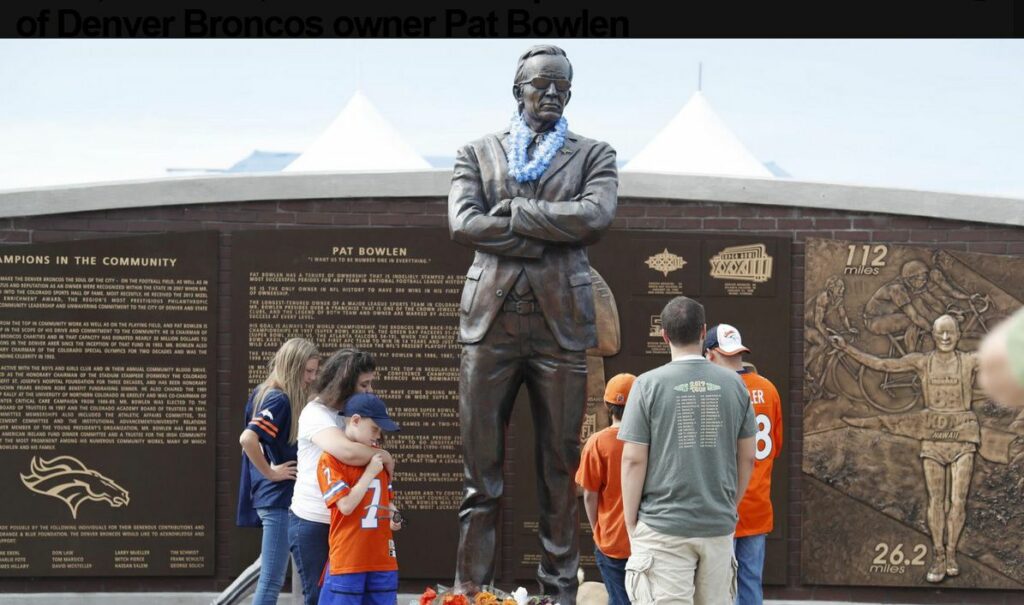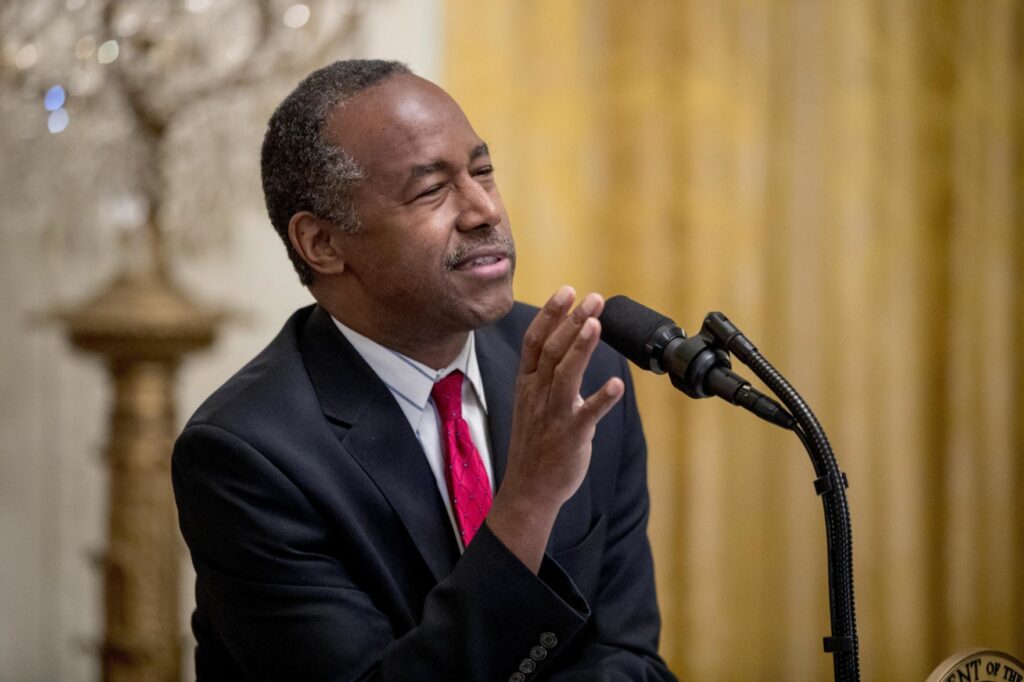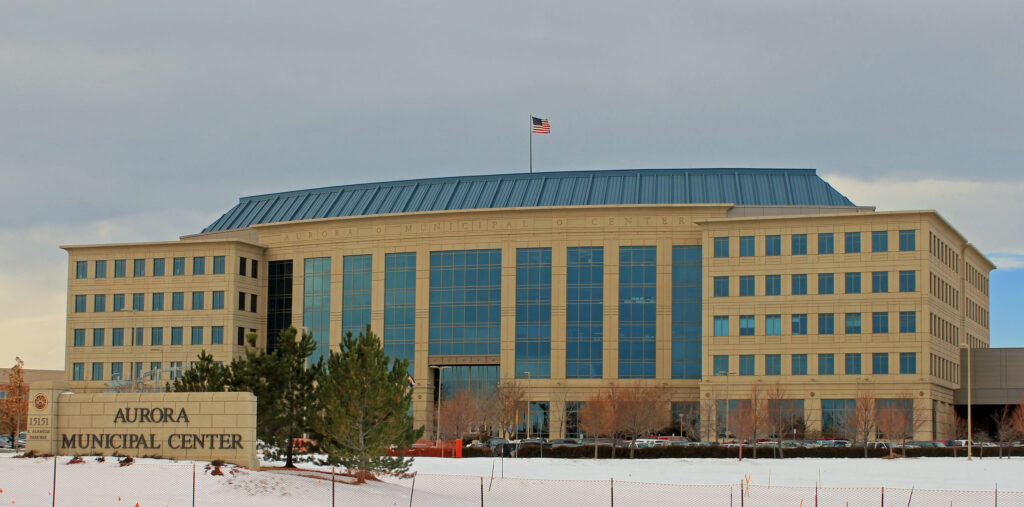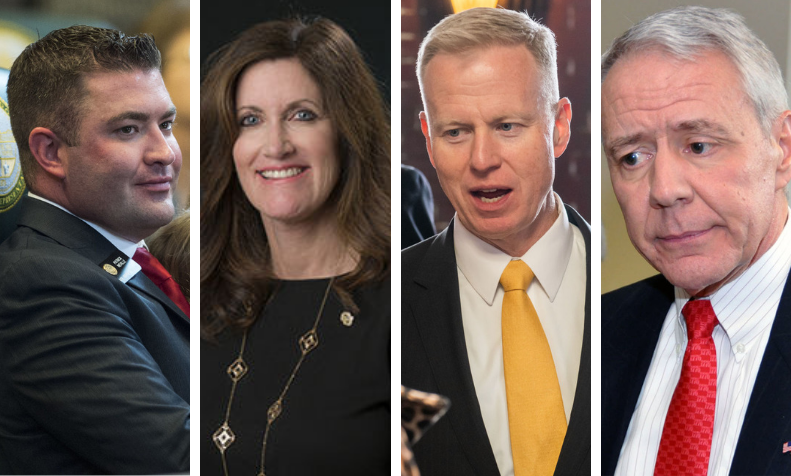Q&A w/Bob Hagedorn: A former state lawmaker helps Aurora emerge
Bob Hagedorn spent 16 years representing Aurora in Colorado’s General Assembly from 1992 to 2008, cutting his own path as a moderate and, sometimes, maverick Democrat in the House and then the Senate. He made his mark in a number of policy areas including as a champion of – and pivotal vote for – school choice despite opposition within his own party. Alongside that, he was an adjunct professor of political science at Metropolitan State University of Denver for 23 years. Now 65, Hagedorn is focused anew on his hometown, where he is helping lead efforts to renew the city’s old urban core along East Colfax Avenue.
What are you up to these days?
I’m in my third year as CEO of ‘Fax Aurora, a non-profit community wealth-building organization serving North Aurora. I also sit on the board of directors of the Aurora Cultural Arts District (ACAD) and just finished serving as its president for four years.
Businesses along East Colfax long have faced their share of inner-urban challenges, and as for cultural life, residents of the metro area haven’t historically thought of Aurora when they thought of the fine arts. How has that changed due to the efforts you are involved in?
80010 is the state’s most diverse zip code, and one of the most challenged: There are more than 130 first languages spoken by residents; 40 percent of the residents are living at or below the federal poverty level; and the challenges facing the area are urban, not suburban, issues. The Aurora Cultural Arts District essentially encompasses the city’s old downtown area. I see ACAD as having three constituencies: the creative community, our neighborhoods, and the city. As we’re the only arts district in Colorado that embraces its surrounding neighborhoods, which have a significant number of immigrants and refugees, I’ve been known to refer to ACAD as the state’s “pirate,” or “people’s” arts district. I will modestly suggest that outside of the Denver Center for the Performing Arts, we offer the best theater in the metro-Denver area. And our theater-and-performance scene is only going to grow and get even better.
During your lengthy service in the General Assembly, you developed a reputation as an independent and even a maverick. You were an early member of your party to embrace school choice and education reform. How has the political debate on school choice and education reform evolved in the years since you were an elected lawmaker?
First and foremost, there are now more Democrats embracing charter schools and supporting other efforts to reform public education in Colorado. Unfortunately the debates are seemingly still as acrimonious as ever, forgetting about the fact that kids in places throughout the state are not getting a quality education.
What was your proudest achievement in the legislature?
My two proudest achievements were the “Public Health Modernization Act,” which brought our statutes on public health into the 21st Century; and the “Persistent Drunk-Driving Act,” the major elements of which have now been adopted by more than 35 states, with the U.S. Department of Transportation urging the rest of the states to adopt them, as well.
What is the biggest policy challenge facing the General Assembly today?
Coming up with $2 billion to $3 billion to begin addressing our state’s infrastructure needs.
Early in your productive years you worked as a journalist, including as editor of the Capitol Hill Neighborhood News. What was you most memorable experience as a newsman?
Covering the scene of an accident in which a cement truck failed to yield at an intersection and smashed into a car, killing all four occupants of the car. It was macabre, but I went about covering it in a professional manner. It was not until later when I was in the darkroom printing photographs I had taken that I almost lost it, both literally and figuratively.
You are credited – by the New York Times, no less – with having led the push in the legislature in 2007 to designate the late John Denver’s “Rocky Mountain High” as Colorado’s official state song alongside the traditional, “Where the Columbines Grow.” The Times actually did a story on it at the time quoting you about how the “high” John Denver sang of wasn’t necessarily drug-induced. So, what do you think Denver really had in mind? And isn’t that concern kind of ironic now, given Colorado’s legalization of recreational marijuana?
Colorado is the most beautiful state in America, with a lot of real estate well-above sea level. And yes, not too many states have an anthem dedicated to a tax-revenue stream.











